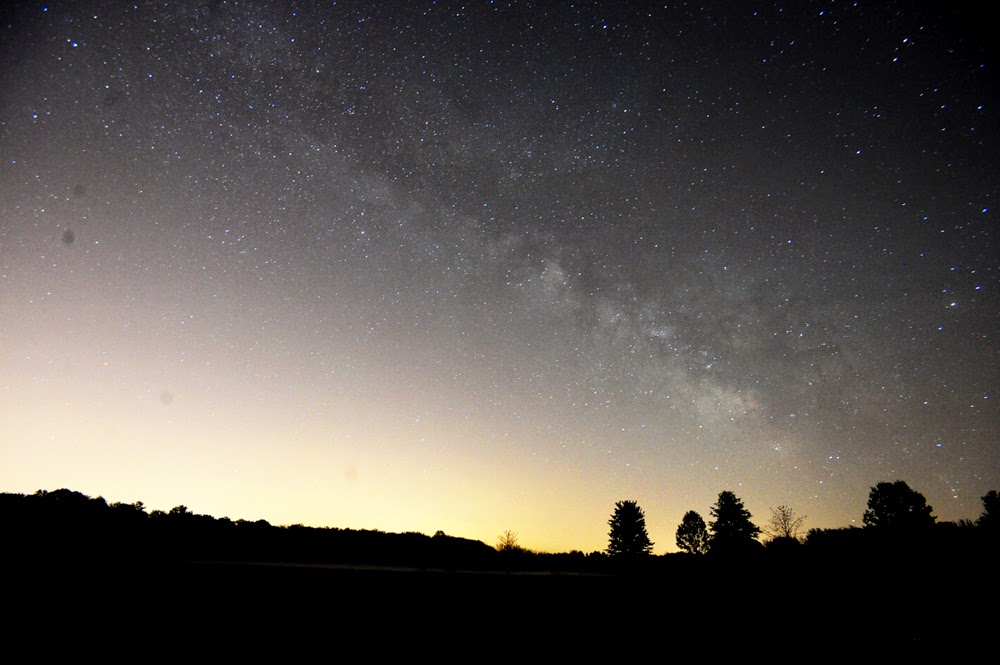Three days after they were supposed to peak and no late outbursts later it's now official: the Cameloparid Meteors for 2014 were a bust, which goes to show that, even in 2014, predicting meteor showers is still extremely difficult.
So, what could have happened? Short answer: there were too many unknowns.
For starters, no one could predict how dense the trail of debris from Comet 209/P LINEAR was is in the first place. Long story short: if there's a lot of junk, there's a lot of meteors, a little junk, only a few meteors. Since Earth had never run into this trail of cometary debris before, there were no precedents on which to rely.
Another mystery was the exact nature of the comet itself. What was known is that this LINEAR has a short orbital period thanks to gravitational influences from Jupiter. Many comets originate billions of miles away from the Sun in the Kuiper Belt or the Oort Cloud, get knocked out of their orbits, speed in toward the Sun, and then disappear back into space again for thousands of years, or even longer. In their inbound journey, these comets melt and shed a lot of debris, which turns into meteors when these tiny space pebbles hit and burn up in our atmosphere. LINEAR was probably once such a comet but, thanks to odd luck, gravitational influences of Jupiter and the other planets redirected it into a close orbit that takes it around the Sun every few years. The problem this presented: if LINEAR made lots of trips around the Sun, it was probably a “spent” comet in that, by now, it had pretty much shed all the debris it was going to shed.
However,
there was an interesting possibility. In an interview with space.com,
French astronomer Jeremie Vauballion did some calculations and came
to an intriguing conclusion: all of the trails of debris shed by the
comet between 1803 and 1924 were along roughly the same path, which
was the one Earth was set to pass through on the night of May 23-24.
On t he other hand, pessimists pointed to the fact that, thanks to
its short orbital period and many trips around the Sun, LINEAR could
be spent and not a big producer of dust anymore, meaning that,
despite all those trips around the same path, not much of anything
would be shed by the comet.
In
the end, the conservatives/pessimists won as there was no 200-400
meteor per hour peak and certainly no 1,000 per hour outburst. Still
though, it was a lot of fun to spend the night looking up at the sky
and through the telescope and taking pictures, keeping one eye on the eyepiece and
another toward the sky.
Who knows, the next shower could be very different . . .
Who knows, the next shower could be very different . . .
Humble
Requests:
If you found this informative (or at least entertaining), help me pay my bills and check out my Examiner pages for space news, cleveland photography, national photography, and astronomy for more great stuff.
If
you think this was cool, why not tell a friend?
For
something even better,
follow
this blog.



















